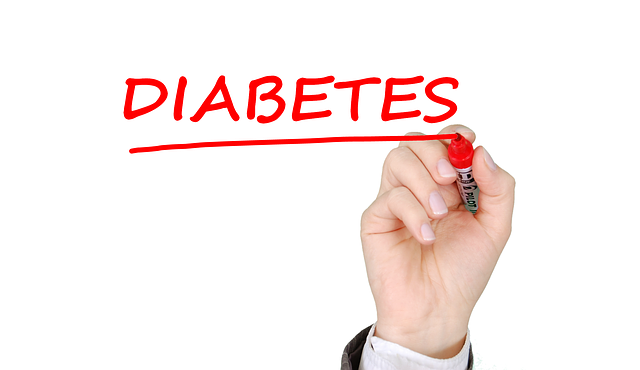I definitely get some questions from students and pharmacists preparing for certification exams. I wanted to put together this Diabetes Medication Comparison Table that highlights really important stuff that you need to remember.
| Drug/Class | Primary Mechanism of Action | Advantages | Disadvantages |
| Metformin (Biguanides) | Reduces liver glucose production | Weight loss
Inexpensive First line Low risk of hypoglycemia |
Avoid in significant CKD
GI side effects Low B12 frequent dosing (non-IR) |
| Sulfonylureas | Stimulates insulin release from the pancreas | Inexpensive
XL products so can dose many once daily |
Hypoglycemia risk
Weight gain |
| DPP-4 Inhibitors | Increases endogenous incretin activity | Weight neutral/wt loss
once daily dosing in most situations low risk of hypoglycemia |
Cost
Slight pancreatitis risk |
| TZD’s | Increases glucose transport into muscle
|
Once daily dosing
Relatively inexpensive |
Weight gain
Edema CHF exacerbation risk Potential association with bladder cancer, osteoporosis |
| SGLT-2 | Increases urinary excretion of glucose | Wt. loss
Slightly lower BP (good or bad) Reduction in CVD risk (empagliflozin) |
Cost
Increase risk of Urinary Tract Infections Electrolyte imbalances |
| GLP-1 | Incretin mimetic (promotes fullness, potentiates weight loss) | Weight loss
CVD risk reduction (Liraglutide) |
Cost
Injection Avoid in thyroid tumor history Nausea Pancreatitis |
Hopefully this diabetes comparison table is helpful for you. This isn’t all inclusive, but I think gives you a good sense of what to think about clinically when selecting medications for Type 2 diabetes.
If you have any additions you feel should be added/altered, please feel free to leave a comment, we’re all in this together!
Love the blog? Get a free gift simply for following! Over 4,000 medication loving healthcare professional have taken advantage of this!



You didn’t talk about the Amylin analogues
That’s a good point, I didn’t include them because it has been a VERY long time since I’ve seen them used. Tried to include the medications I see utilized the most often. – thanks for the comment! Eric
I know that SUs are typically not recommended in patients who’ve had diabetes for >5-10 years since they stimulate insulin release and by that point in diabetes, those patients have minimal-no beta cell function. What about the DPP-4 inhibitors and GLP-1 agonists that also stimulate insulin release to some extent? Would these still be beneficial in longstanding diabetes since they have other mechanisms?
You forgot to say that blocking intestinal absorption of glucose is another effect of Metformin, which is why taking with food is helpful.
Re: Misty’s comment. I do see lots SU used in elderly and am wondering how often that MD checks for c-peptide for any residual insulin production before deciding on SU vs other agents. For DPP-4 and GLP-1, that is an interesting point! But I think in a true type II pt, there is probably always a tiny bit of insulin available, even in super resistant patient so it wont’ be an issue for insulin stimulation vs those drugs (SU/DPP-4/GLP1) really aren’t for type I DM since they have absolutely no insulin endogenously. Any comments from other? Thanks
Dear sir
I need to download this table.can you please share downloadable version?
Sorry I don’t at this time!
Dear sir
We need to download Diabetes Medicine.Can you please share in Pdf to get download
I offer several tables as a package deal that you can find here if interested – https://www.meded101.com/downloads/medication-comparison-tables/